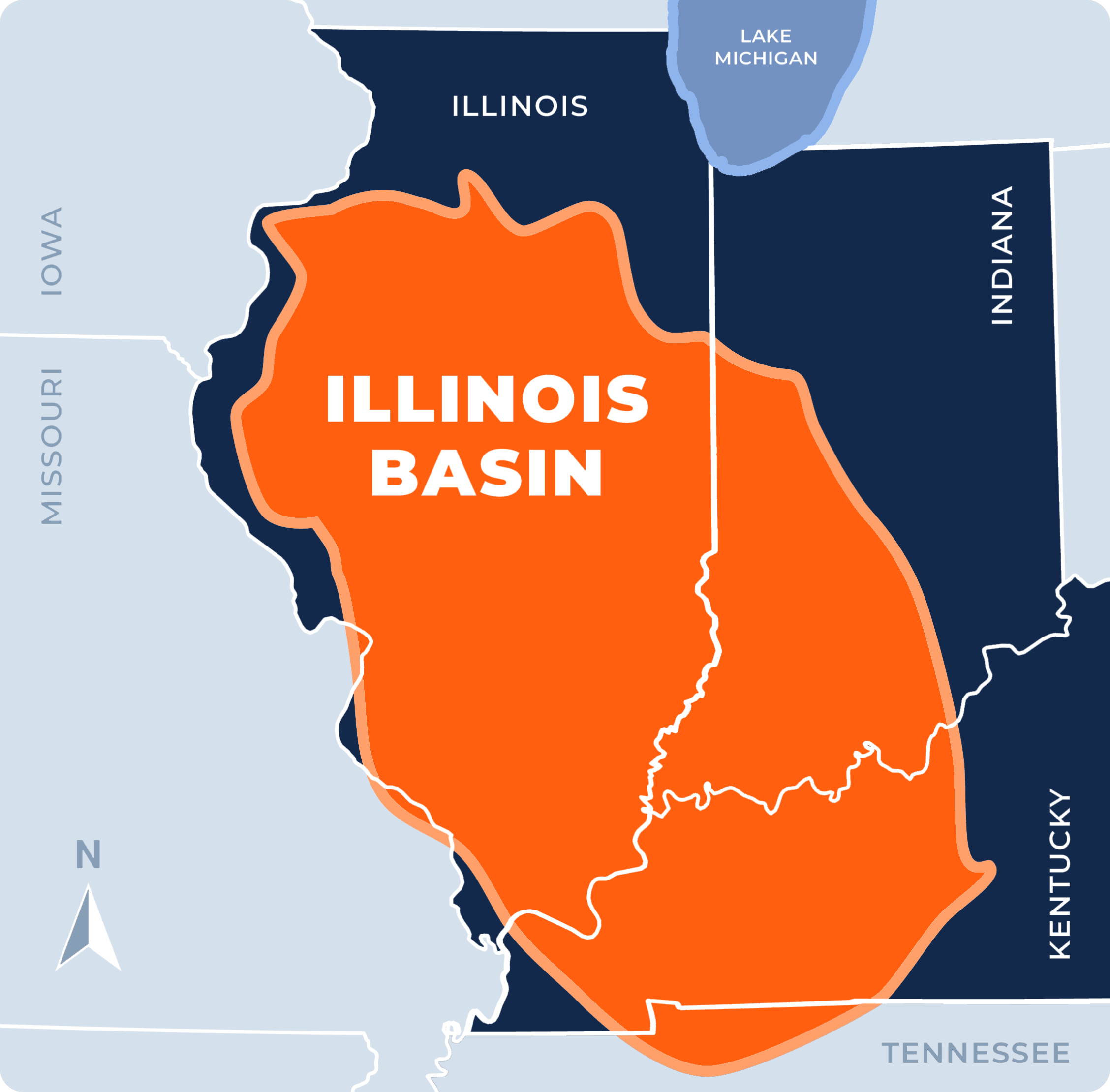What is DAC?
DAC stands for direct air capture, which is the process of capturing carbon dioxide (CO₂) directly from the atmosphere. The concentrated CO₂ gas is then compressed and liquified. The compressed CO₂ is either permanently sequestered in geologic storage deep underground (~6,800+ feet) or is converted to a usable product. The remaining air is exhausted back into the atmosphere. The DAC unit can be powered by waste heat and/or renewable energy sources.
